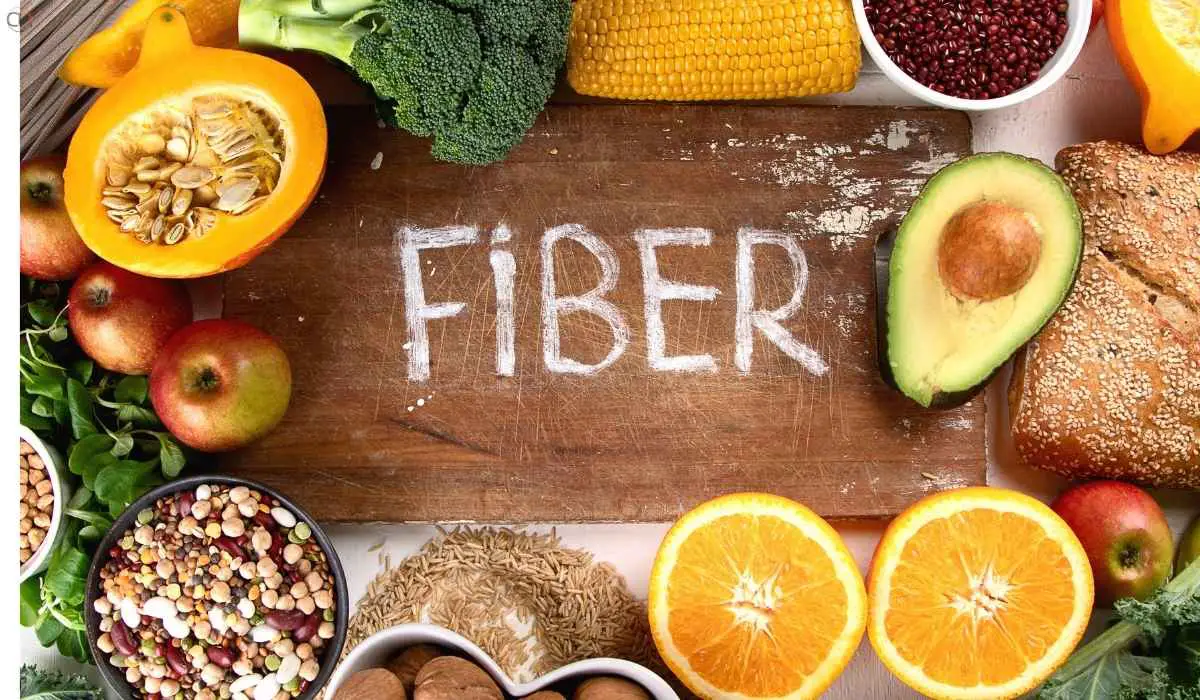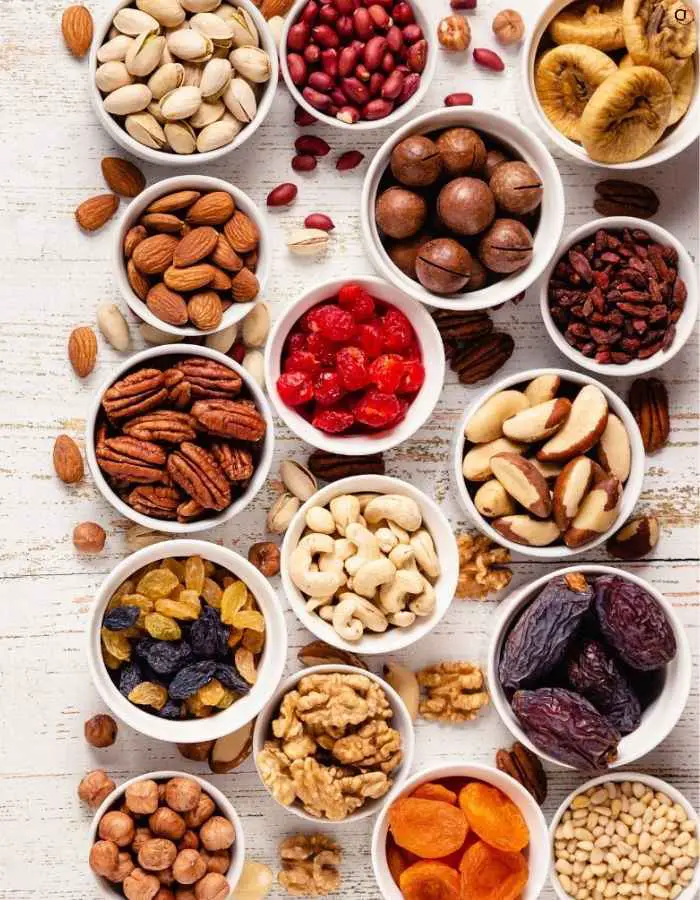Fiber might not be the flashiest nutrient, but it plays a huge role in keeping your body happy and healthy. From improving digestion to helping you feel full longer, fiber-rich foods are a must-have in any balanced diet.
If you’re aiming for better gut health, weight management, or lower cholesterol, adding more fiber to your plate is a simple and tasty step in the right direction.
In this post, we’ll explore some of the best Foods With Fiber, easy ways to include them in your meals, and tips for getting the most out of this powerful plant-based nutrient. Let’s dig in!
What Is Dietary Fiber and Why It Matters:
Explain the two types of fiber—soluble and insoluble—and how they help:
-
Soluble fiber: Slows digestion, helps manage blood sugar, lowers cholesterol (found in oats, beans, apples).
-
Insoluble fiber: Adds bulk to stool and supports regular bowel movements (found in whole grains, veggies, seeds).
-
Mention benefits: improved digestion, heart health, weight control, and lower risk of chronic disease.
Top 20 Foods With Fiber to Add to Your Diet:
Highlight a mix of fruits, vegetables, legumes, grains, and seeds:
-
Fruits: Raspberries, pears (with skin), apples, bananas
-
Vegetables: Carrots, broccoli, Brussels sprouts, sweet potatoes (with skin)
-
Legumes: Lentils, black beans, chickpeas
-
Grains: Oats, quinoa, whole wheat pasta, brown rice
-
Nuts/Seeds: Chia seeds, flaxseeds, almonds
Bonus tip: Include grams of fiber per serving to help readers plan.
Simple Ways to Eat More Fiber Daily:
Offer practical tips:
-
Swap white bread for whole grain
-
Add beans to soups or salads
-
Choose fiber-rich snacks like fruit or nuts
-
Try oatmeal or whole grain cereal for breakfast
-
Mix chia seeds into yogurt or smoothies
How Much Fiber Do You Really Need?
-
Women: ~25 grams/day
-
Men: ~38 grams/day
-
Kids and teens: Adjust based on age and calorie needs
Encourage gradual increases and plenty of water to avoid digestive discomfort.
Fiber and Digestive Health: What to Know:
-
How fiber prevents constipation
-
Supports gut bacteria (prebiotic benefits)
-
Reduces risk of hemorrhoids and diverticulitis
-
May help reduce bloating when introduced gradually
Key Takeaway:
- Fiber isn’t just good for digestion—it’s essential for overall wellness. F
- rom supporting heart health to helping you feel fuller longer, high-fiber foods deserve a regular spot on your plate.
- Start small, stay hydrated, and enjoy the tasty variety fiber-rich foods bring to your diet.
Save this post & follow us on Pinterest for more healthy eating tips!
Read Next: 6 Zero Carb Foods Categories
(FAQs):
1. What is the best source of Foods With Fiber?
Legumes (like lentils and beans), fruits with skin, whole grains, and seeds (like chia and flax) are among the best.
2. Can you eat too much fiber?
Yes. Sudden increases can lead to gas, bloating, or constipation. Increase gradually and drink plenty of water.
3. Does fiber help with weight loss?
Yes, fiber helps you feel full longer, which can reduce overeating and help manage weight.
4. Is fiber only found in plants?
Yes, fiber is found exclusively in plant-based foods—fruits, vegetables, grains, legumes, and nuts/seeds.
5. Do fiber supplements work the same as food?
Supplements can help, but whole foods provide additional nutrients and benefits that supplements alone can’t match.



